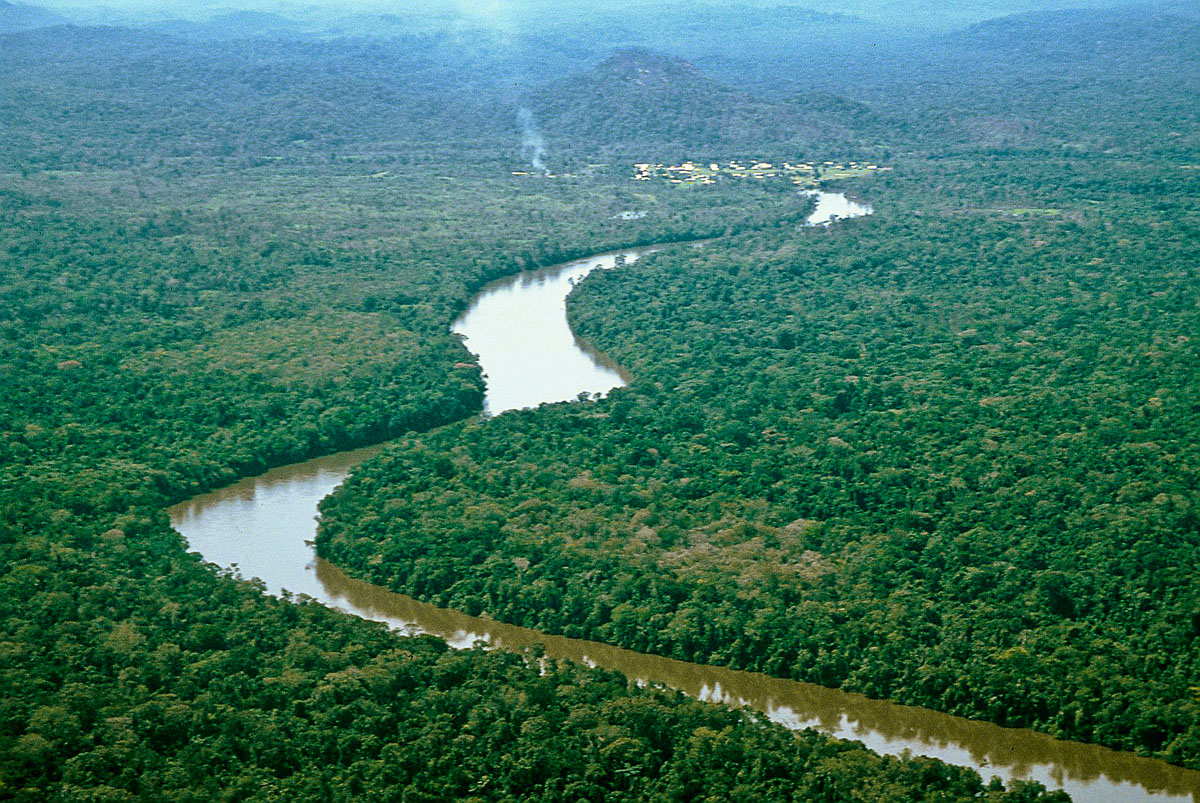The Venezuelan Amazon has not been affected by fires in Brazil and Bolivia

He Amazon Research Group (Griam) presented a report on forest fires in Amazonas for the month of September 2024 in which it states that “There are no large-scale fire outbreaks in the state”according to data from its allies in La Esmeralda, Ocamo and Mavaca in the Alto Orinoco municipality, San Fernando de Atabapo and San Carlos de Río Negro.
“There are also no reports of forest fires” in the north, south and southeast of the Atures municipality, the sources said.
It is important to note that, for the first quarter of 2024, Amazonas exceeded its average of forest fires. The National Aeronautics and Space Administration (NASA) warned about around 5,690 hot spots in Amazonas, Bolívar and Delta Amacuro.
Likewise, the Department of Hydrometeorological Engineering of the Central University of Venezuela (Hidromet-UCV) estimated that around 2,283 hot spots were in Bolívar (19.94% of the total), 252 in Amazonas (2.2%) and 320 in Delta Amacuro (2.8%).
Although during January and April 2024, this group warned of “indiscriminate” forest fires in the Amazonas state, especially in the municipalities of Atures, Autana, Alto Orinoco and Manapiare, the arrival of the rains in May allowed them to decrease.
They currently maintain that “with this situation in the state of Amazonas, as well as in the states of Bolívar and Delta Amacuro, we can report that the Venezuelan Amazon is escaping the serious forest fire crisis that mainly affects Brazil and Bolivia,” they wrote on Instagram.
Educating about fires in villages in the Venezuelan Amazon
According to this organization, The main cause that increased forest fires was the burning of conucos. José Becerra, coordinator of Environmental Research at Griam, explained that “indigenous peoples have traditionally practiced burning plants to renew nutrients in the soil, a method that avoids the use of agrochemicals or other components that can be even more harmful.”
He also stated that They promote new alternatives to preserve ancestral practices that adapt to current needs.
In order to “provide logistical support to reach remote communities, create support and training networks, train members of these communities in updated techniques on fire management, promote certain crops that do not require the burning of conucos, not burn in areas of special interest and/or ecological fragility (…)”, Becerra explained.
However, the youngest members of indigenous communities are unaware of these traditional practices, which means that a greater effort is needed to ensure that this information is effectively disseminated among the younger generations.
On the other hand, the fires directly affect the daily activities of these populations, since they depend on access to the ecosystem services offered by the Amazon biome. Therefore, experts say that if the fires worsen, it would cause the forced displacement of indigenous peoples from their territories to others, which would make it difficult for them to adapt and access their usual services.
“The localized fires that occur in the Venezuelan Amazon also cause damage to the tropical forests of our country, including the rest of the continent, because these ecosystems are integrated into the same biome,” they wrote.
The Amazonian Georeferenced Socio-Environmental Information Network (Raisg) has confirmed that since 2018, illegal mining activity in the Venezuelan Amazon has been “on the rise,” which represents another cause of fires.
Independent journalism needs the support of its readers to continue and ensure that uncomfortable news that they don’t want you to read remains within your reach. Today, with your support, we will continue working hard for censorship-free journalism!
